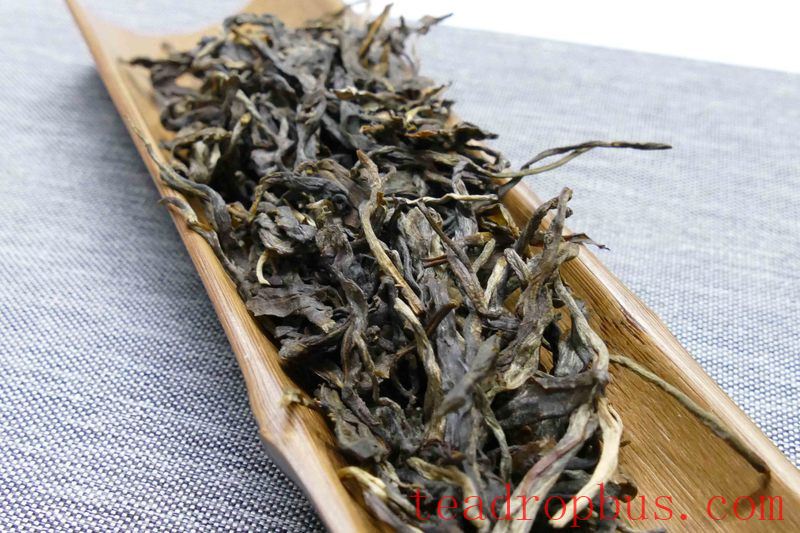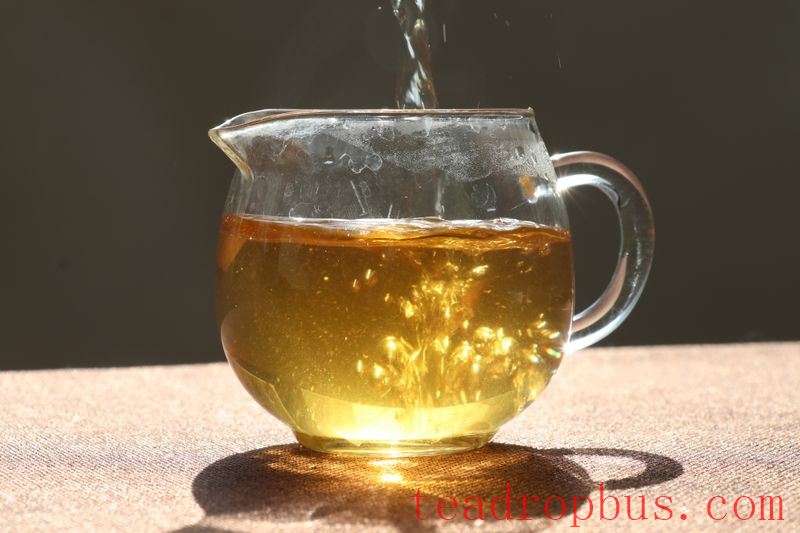Pu'er Tea requires skillful brewing techniques and a refined method of appreciation. One must savor it slowly, taking small sips to truly experience its essence. While technique is important, the sincerity and intention behind each brew are what truly linger.

1. Breaking the Tea Cake
Breaking the tea cake is an essential step in brewing Pu'er tea. Improperly breaking a tightly Compressed tea can result in many tea fragments or dust, which can affect the taste of the Pu'er.
2. Pre-Awakening the Tea
Pu'er tea should be pre-awakened before drinking, especially if it has been stored for a long time. Drinking it without pre-awakening can lead to unsatisfactory flavors. Place the tea you plan to drink into a container, spreading it out as thinly as possible, even leaf by leaf. This allows the tea to come into contact with air for a short period, awakening its flavors and aromas. The pre-awakening process typically takes about ten days to two weeks. Check the aroma after this time and compare it to how it was a week earlier. After pre-awakening, the tea's aroma will be significantly enhanced, and the surface flavors will be noticeably different, particularly in older teas!

3. Warming the Utensils
The first step in brewing tea – warming the utensils. Use boiling water to evenly warm all the utensils, including the gaiwan, fairness pitcher, and tasting cups. This increases the temperature of the tea ware, allowing the tea leaves to heat up uniformly.
Before brewing, it's best to scald the tea ware with boiling water. After brewing, pour hot water over the outside of the Teapot to further release the tea's aroma.
4. Water Temperature
Water Temperature: As the saying goes, “Older teas are best brewed, while younger teas are best steeped.” Different aged teas should be paired with appropriate water temperatures and brewing methods. Brewing involves pouring freshly boiled water over the tea leaves to open them up, while Steeping uses slightly cooled water to allow the leaves to gradually unfurl and release their fragrance.

5. Tea-to-Water Ratio
Pu'er tea-to-water ratio: Use 5-10 grams of tea per cup. Adjust the amount based on the size of your teapot. When adding tea, use any loose tea leaves or dust that fell off during the breaking process as a supplement. For each infusion, use a mix of 70% tea chunks and 30% tea dust.
6. Brewing Method
With all the preparatory work done, it's now time for the actual brewing. Whether using a gaiwan, a clay pot, or a glass cup, avoid pouring the boiling water directly onto the tea leaves when infusing. Doing so can make the tea taste overly bitter.

Transparency and Infusion: The technique of transparency versus infusion depends on the tenderness of the Pu'er tea. For tender teas, focus more on transparency (shorter infusion times) and less on infusion, while for older teas, focus more on infusion and less on transparency.
7. Decanting Time
Controlling the decanting time is crucial for brewing a delicious cup of Pu'er tea. Pu'er tea should not be left to steep for too long. For the first four infusions, decant quickly. After that, wait 10-30 seconds after adding water before drinking. For ripe Pu'er, the first few infusions should be decanted almost immediately. From the second to fifth infusions, you can decant after 5-10 seconds. After the third to fifth infusions, extend the decanting time by 10-15 seconds for each subsequent infusion. Once the flavor becomes lighter, begin infusing longer, starting at 30 seconds, then one minute, and finally three minutes.